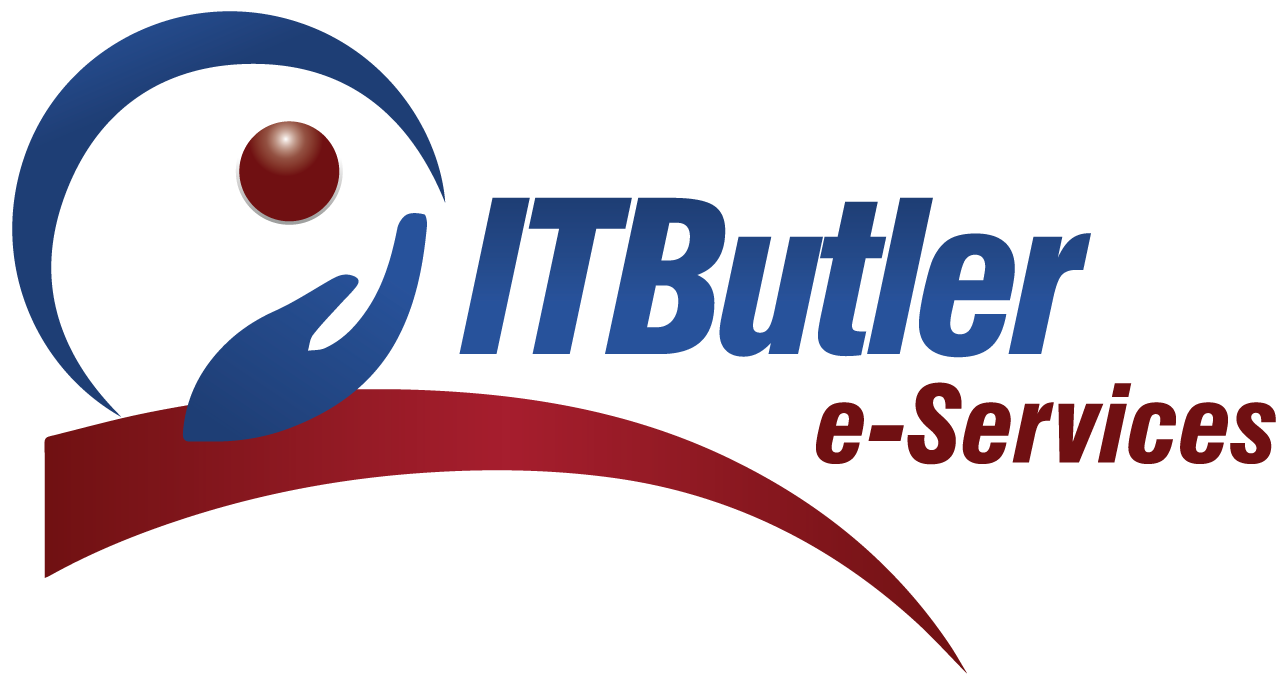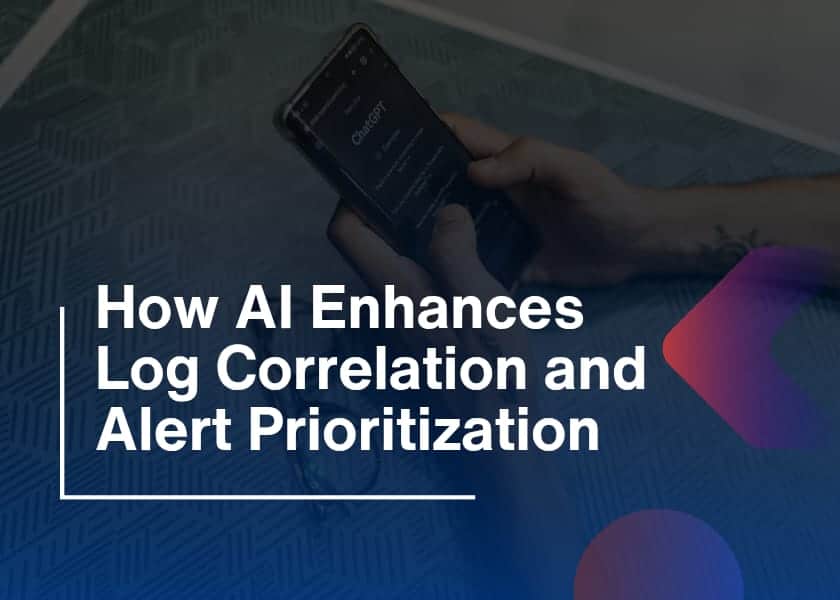In the growing world, storing information in the cloud has become a common business practice. However, with convenience comes concern. Cloud data security is more important than ever, especially as businesses shift more critical data online. Whether you’re a small startup or a large enterprise, knowing how to protect your cloud-stored information is crucial. So, how can you ensure your data is safe in the cloud?
In this blog, we’ll explore best practices for securing your cloud data, using expert-recommended strategies and real-world insights. Let’s dive in!
Why Cloud Data Security Matters
Calling cloud data security a buzzword is inexact; it is truly important for everyone doing business. Because cyberattacks are happening more often and with greater intensity, companies should put strong security measures in place. Recent studies show that cloud misconfigurations play a big role in many data breaches.
On top of that, your customers rely on you to keep their data secure. Just one breach can harm your reputation, result in lawsuits and leave you with big financial losses. As a result, data security in cloud must be a high priority starting at the beginning of implementation.
1. Pick a Cloud Service Provider that you can trust (CSP)
First, you need to choose the right cloud provider. Every cloud service provider is different from the others. Certain platforms provide strong protection, yet not all do so. No matter what, look for:
- End-to-end encryption
- Keeping the security of your website updated
- MFA, which means using multiple levels of authentication.
- A clear process for following regulations
It’s also important for the provider to be ISO 27001, SOC 2 and GDPR compliant. Good suppliers will make sure your cloud data is secure and give you the tools to keep monitoring and enhancing your systems.
2. Strengthen your security system
Your access controls are your key frontline security. By using authentication, only proper users can view private information. How exactly do you make it tighter?
To begin, you should always enable multi-factor authentication for all users. Even if someone gets your password, MFA still protects you. Furthermore, try RBAC—let employees access only data that relates to their duties and roles.
Regularly go through the access log files to keep security further enhanced. Report any suspicious actions and take care of them right away. Make sure to remove their access when someone stops working for the company.
3. Data Encryption
Encryption is a requirement every time. No matter if users access your data or it remains in cloud storage, you should encrypt it. Make sure to encrypt files that you send using the SSL/TLS protocols before they go over the network. Keep all your data in storage encrypted with a strong level of security, for example AES-256. Many companies that offer cloud services include encryption features inside their network. Managing your own encryption keys is usually a smart way to keep better control. Because of this, unauthorized access becomes even more difficult, even to the cloud provider.
4. Always Update and Patch Your Operating Systems
Hackers love to exploit old, outdated systems. Even strong cloud data security will not work if your applications and systems are not current. Add patch management to the actions you repeat each day. Choose automatic updates as often as you can. It is important to work with your cloud provider to keep both their servers and software up to date. This reduces your weaknesses and guarantees you meet the necessary standards.
5. Implement Data Backups and Disaster Recovery Plans
No matter how strong your defenses are, things can go wrong. That’s why it’s essential to have backups and a recovery plan in place.Best practices for cloud backups include:
- Backing up data regularly
- Storing backups in a separate region or zone
- Testing your recovery procedures frequently
These measures help you bounce back from cyberattacks, data loss, or system failures without major disruptions. Moreover, don’t just assume your cloud provider handles backups. Confirm it, and if necessary, create your own system for cloud data security and resilience.

6. Monitor User Activity and Network Traffic
Monitoring is often overlooked but plays a vital role in cloud data security. By tracking user behavior and data flow, you can detect threats early. Use tools like:
- Cloud Access Security Brokers (CASBs)
- Security Information and Event Management (SIEM) solutions
- Intrusion Detection Systems (IDS)
Set up alerts for unusual activities such as multiple failed login attempts, file downloads at odd hours, or data transfers to unknown IP addresses. The sooner you act, the better your chances of minimizing damage.
7. Educate and Train Your Team
Technology can only go so far. Human error is still one of the biggest causes of cloud data breaches. That’s why regular security training is essential. Educate your team about:
- Phishing and social engineering attacks
- Safe password practices
- Proper data handling and storage
- Reporting suspicious activities
Make cloud data security a shared responsibility across your organization. The more informed your team is, the safer your data will be.
8. Use Zero Trust Architecture
“Trust but verify” is no longer enough. Instead, the modern approach is Zero Trust—never trust any device or user by default, even inside the network. Zero Trust strategies include:
- Continuous verification of users and devices
- Least privilege access
- Micro-segmentation of the network
This limits lateral movement inside your system and reduces the chances of large-scale breaches.
9. Establish Cloud Governance and Compliance Policies
Security without structure is like a ship without a compass. That’s why governance matters. It involves setting clear policies for how data is stored, shared, and accessed in the cloud. Create documentation that outlines:
- Who can access which data
- What tools and encryption methods must be used
- How often should audits take place
- What to do in case of a security incident
Also, ensure your policies align with legal regulations relevant to your industry, such as HIPAA for healthcare or PCI-DSS for payment processing. Not only does this improve cloud data security, but it also protects your company from regulatory penalties.
10. Perform Regular Security Audits
Lastly, don’t assume you’re secure; prove it. Conduct regular security audits to identify gaps and strengthen your defenses. An effective audit should cover:
- Network vulnerabilities
- Data encryption
- Access control efficiency
- Compliance with internal policies and external laws
It’s also wise to bring in third-party experts for unbiased assessments. Their insights can offer fresh perspectives and help you stay one step ahead of threats.
Conculsion
To sum up, securing your data in the cloud is not a one-time setup, it’s an ongoing commitment. By choosing the right provider, encrypting data, controlling access, and training your team, you create a strong foundation for cloud data security.
Moreover, monitoring, auditing, and updating systems ensure your defenses stay current. And when you layer governance and Zero Trust principles on top, you get a comprehensive protection strategy that can withstand modern threats. In the end, the goal is not just to store data, but to store it securely. So, stay informed, stay updated, and treat cloud data security as a core part of your business success.





